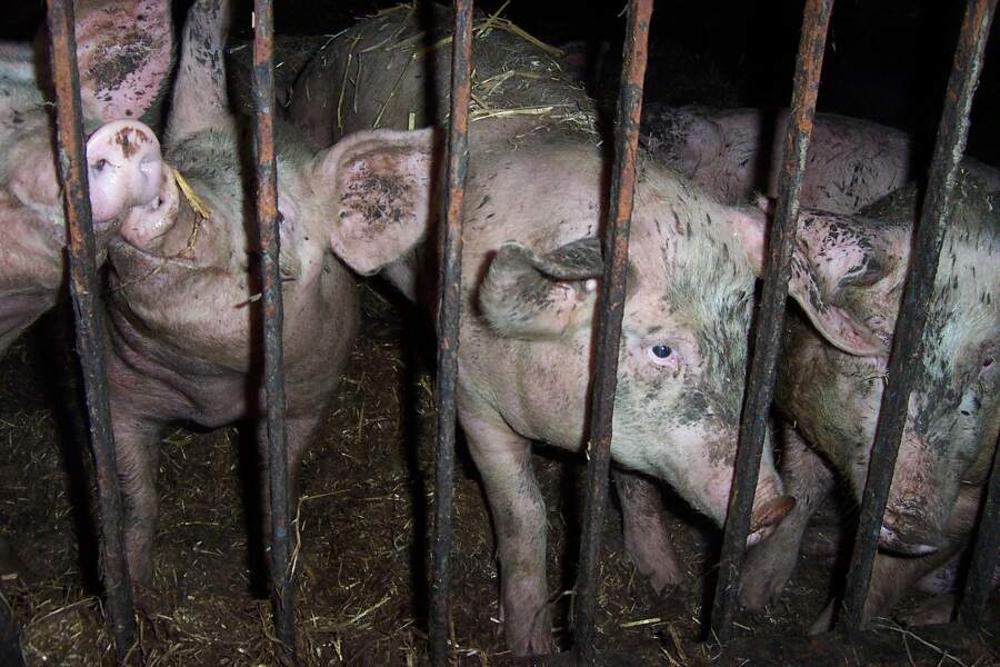
Rash of Foodborne Outbreaks Highlight Dangers of Industrialized Food System
Pandemic outbreaks are becoming more prevalent in concentrated animal feeding operations (CAFOs), revealing the inherent flaws of industrialized animal farming. When you remove diversity from a farm, you raise the risks of the operation, including the risk of disease.
Prior to CAFOs, when a virus would emerge, some small farms would lose part or all of their animals, but the numbers would be limited. It didn't explode into a massive epidemic where millions of animals and countless food products are affected across the country, and in some cases around the world.
June 21, 2016 | Source: Mercola | by Dr. Mercola
Pandemic outbreaks are becoming more prevalent in concentrated animal feeding operations (CAFOs), revealing the inherent flaws of industrialized animal farming. When you remove diversity from a farm, you raise the risks of the operation, including the risk of disease.
Prior to CAFOs, when a virus would emerge, some small farms would lose part or all of their animals, but the numbers would be limited. It didn’t explode into a massive epidemic where millions of animals and countless food products are affected across the country, and in some cases around the world.
As noted by online science magazine Nautilus,1 the combination of factory farms and air travel “forms a viral expressway to pandemics.”
Factory Farms Make Food Production Riskier
The first bird flu pandemic emerged in 2005, with repeats in 2006, 2007, and again in 2008, followed by the threat of a swine flu pandemic in 2009, the origin of which was traced to an infected pig in Mexico.
As reported in the featured article,2 the 2009 swine flu virus was also eventually linked to an infected pig in a Chinese slaughterhouse, documented in 2004.
The viral strains were not identical, but close enough for researchers to conclude that the 2009 virus probably evolved through the mixing of gene segments of viruses found in pigs around the world.
When animals (and other foods3) are shipped from one location to another, they bring with them potentially brand new pathogens that can then mingle and mix with local pathogens.
“Most mutant strains are failures. But sometimes a strain is produced through genetic recombination and reassortment that’s more ‘fit’ in the Darwinian sense than either of its ancestors.
The viruses that dwelled inside the 2004 Hong Kong pig and its deadly cousin in Mexico were triple-recombinant. They assembled genes that originated from strains of human, pig, and bird flu together into a single strain,” Nautilus writes.
“Scientists couldn’t pinpoint how H1N1 jumped from swine to humans in 2009. But they do know that once it did, modern air travel became a viral expressway.”
Large-scale factory slaughterhouses magnify the risks, as animals from multiple CAFOs are all processed in one area, allowing infection in a single animal from a single farm to contaminate very large batches of meat — and any number of processed foods into which those contaminated meats are included.
https://www.youtube.com/watch?v=wwGDIwNYP2s
